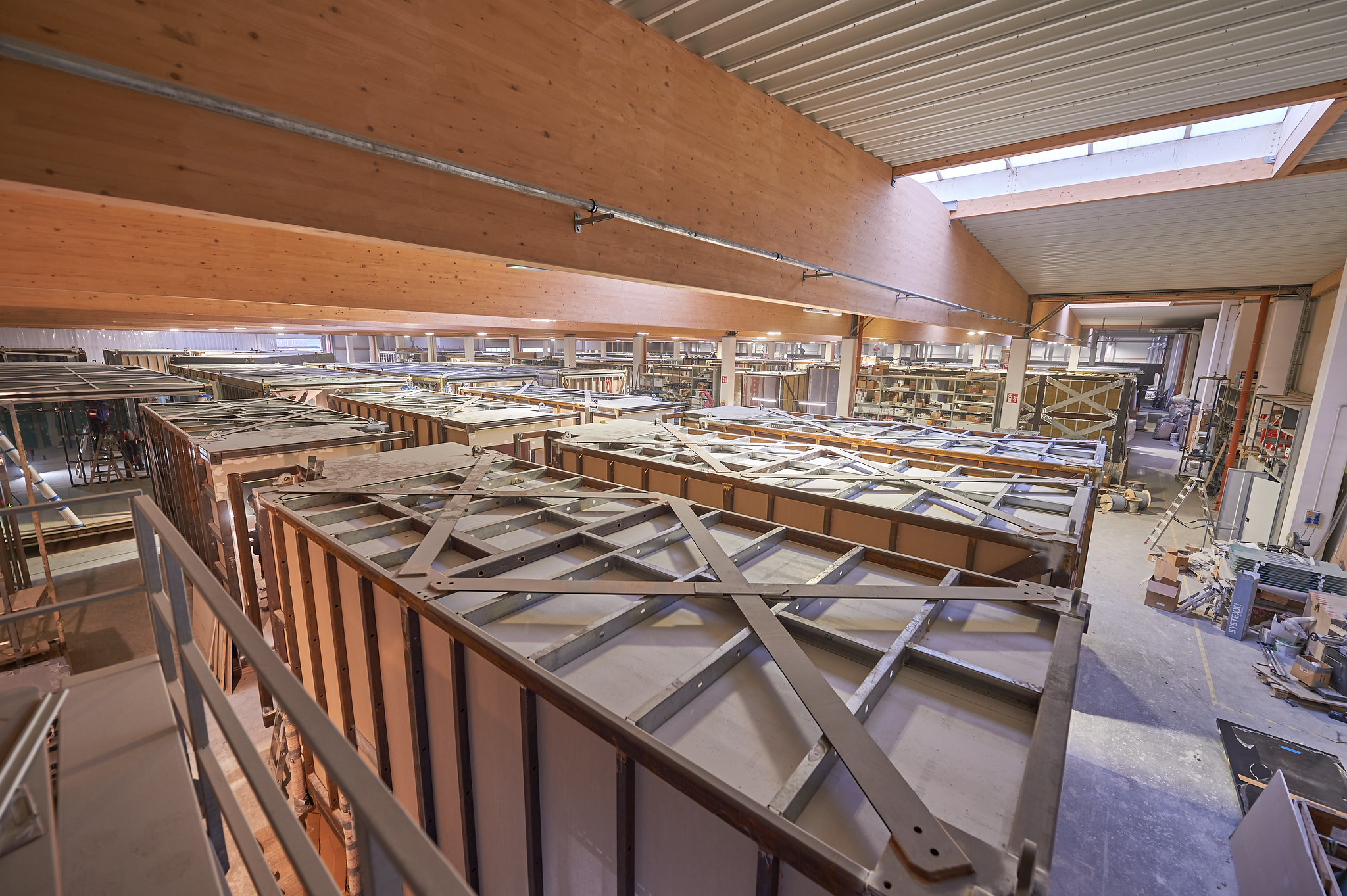MODULAR vs ON-SITE CONSTRUCTION
Here’s why an off-site construction team will always be faster than an on-site team:
Rain or shine, sleet or snow, our factory keeps building. In geographies with harsh weather conditions and a short building window, this drives big benefits.
With on-site construction, you can’t install plaster board and pour the foundation on the same day. There are significant time savings from parallel processing site work and modules simultaneously.
Additionally, our furniture and fitout subsidiary ensures your modules are delivered onsite with all fixtures and fittings – significantly reducing onsite fitout time and the number of trades needed.


